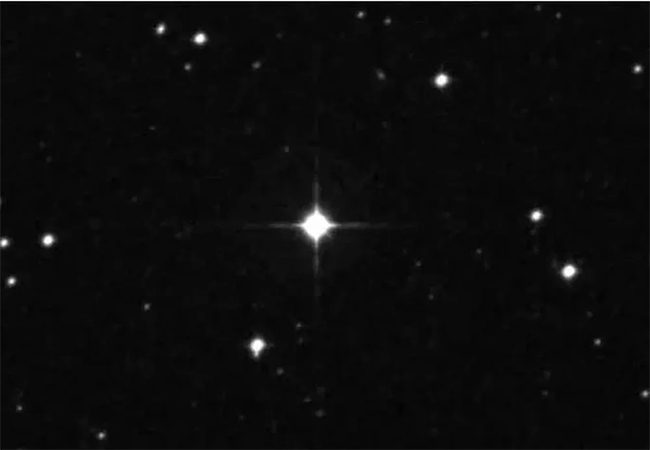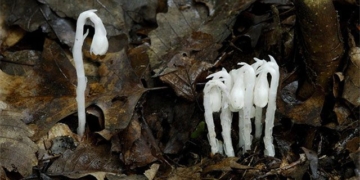Carrying elements that seem almost absurd, such as gold, platinum, uranium, and heavy elements, HD 222925 appears as a strange object that challenges the scientific community.
This unusual object is a star, but it is unlike any other star ever found in the universe. Upon analyzing this bizarre and elusive object, scientists have identified 65 distinct elements, a record number of elements found in a star, most of which are heavy elements at the end of the periodic table, which should not exist in a “living” star.

The mysterious star HD 222925 shining in the sky – (Photo: STScI)
According to Science Alert, many astronomical theories and verified scientific evidence have shown that heavy elements like gold, platinum, and uranium can only form in explosive events such as supernovae or neutron star mergers, referred to as the “rapid neutron capture process.”
Neutron stars are a type of “zombie” of massive stars that have died; supernovae refer to the explosions of these “zombies”, such as neutron stars or white dwarfs. In other words, heavy elements in the universe are born from the realm of death.
However, HD 222925 is clearly a large, living star! It is approximately 8.2 billion years old and is located 1,460 light-years away from us.
According to astronomer Ia Roederer from the University of Michigan, a member of the research team, the elements dominating this strange object are located in the lower two-thirds of the periodic table. Therefore, they have made efforts to understand how the star formed, where it originated, and when the elements were created.
The most plausible explanation is that it was born from the “monster hell” of the universe, meaning the molecular cloud that formed it had just undergone massive explosions from supernovae into neutron stars.
The heavy elements from the catastrophic deaths of the aforementioned “monsters” have scattered throughout the molecular cloud containing hydrogen and helium, with HD 222925 inadvertently forming or shaping itself while the elements from the realm of death still lingered around it, resulting in a diverse composition rather than being primarily hydrogen and helium like other stars.
According to physicist Anna Frebel from the Massachusetts Institute of Technology (MIT), another member of the research team, this peculiar object also has value in helping scientists “rewind time,” allowing them to learn about hypothetical events for which there is still little concrete evidence, such as neutron star explosions or supernovae that scatter heavy elements.
The research has just been published online on arXiv and will soon be officially published in The Astrophysical Journal Supplement Series.





















































